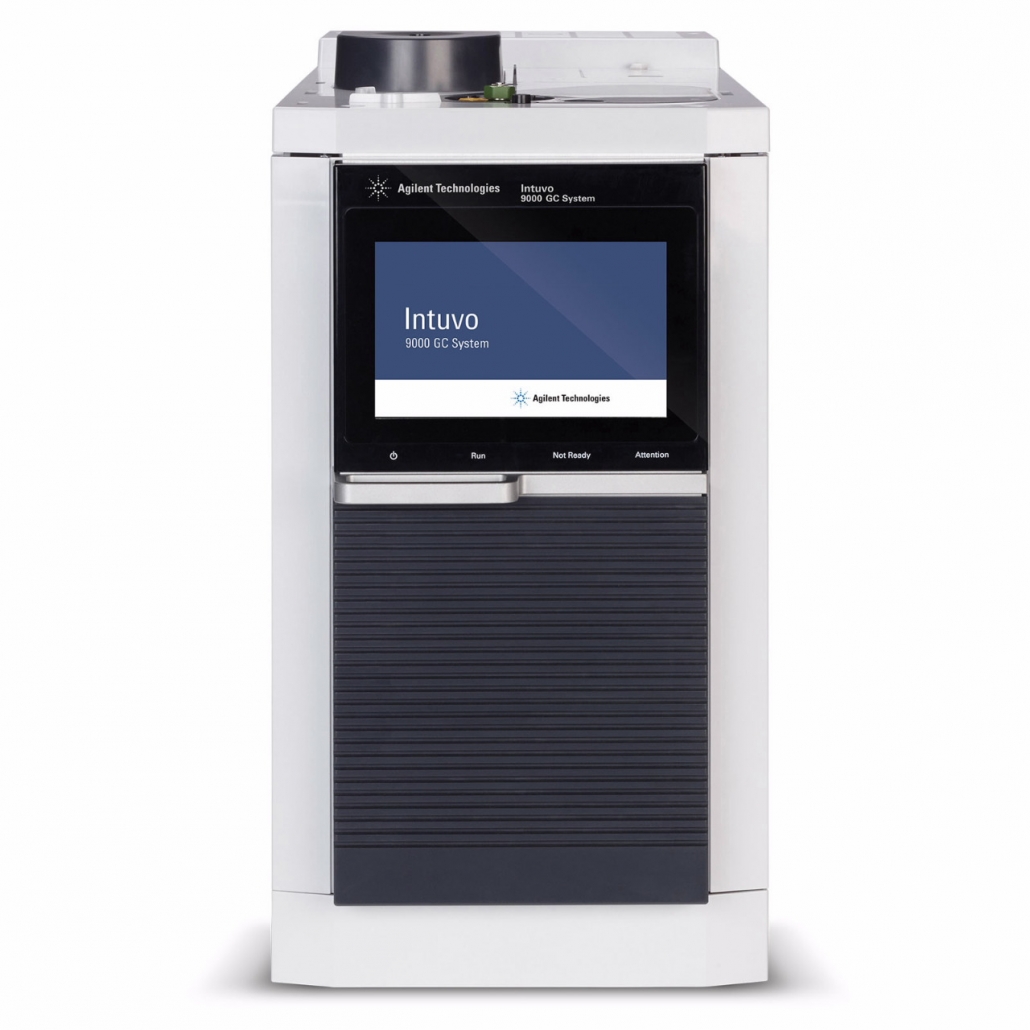Others

Microbial Identification System
The Sherlock™ Microbial Identification System (MIS) was launched in 1991 and represents a rapid, accurate and inexpensive solution for the identification of over 1,500 microbial species, fatty acids and PLFAs by GC-FAME analysis. The Sherlock MIS is recognized by the U.S. CDC for the identification of aerobic bacteria and is AOAC INTERNATIONAL cleared for the identification of Bacillus anthracis, the anthrax pathogen. The Sherlock MIS was created for ease of us, so no GC experience is necessary.
In 2007 MIDI released Sherlock Instant FAME™ (I-FAME), a base-catalyzed GC-FAME extraction and analysis method. I-FAME is most useful for extraction and analysis of fatty acids from edible oils, marine oils and biofuel feedstocks. It can also be used for Gram-positive environmental aerobes. The turnaround time (TAT) for IFAME is less than 15 minutes.
In 2011 MIDI released Sherlock Q-FAME™ (Q-FAME), an acid-catalyzed GC-FAME extraction and analysis method. Q-FAME is most useful for Aerobic bacteria of importance to clinical reference laboratories. The turnaround time (TAT) for Q-FAME is less than 25 minutes.
In 2016 MIDI released Sherlock E-FAME™ (E-FAME), an acid-catalyzed GC-FAME extraction and analysis method. E-FAME has been optimized for Aerobic bacteria of importance to pharmaceutical QC (including all USP 61/62 strains). The turnaround time (TAT) for E-FAME is less than 20 minutes.
In addition to microbial ID, the Sherlock MIS can be used to analyze fatty acids and related compounds from soil (e.g. PLFA), edible oils (FAMEs & Sterols) and omega-3 fatty acids (Fish Oil), thereby increasing the systems utility.
Key Features of the Sherlock MIS include:
- Fatty acid analysis (FAME, PLFA) and Microbial ID.
- Automated analysis and naming.
- Inexpensive per sample cost.
- Throughput over 100 samples per day.
- No biochemical kits or cards (microbial ID).
- Polyphasic Analysis with Sherlock DNA (microbial ID)
- Proven reliability and warranty.